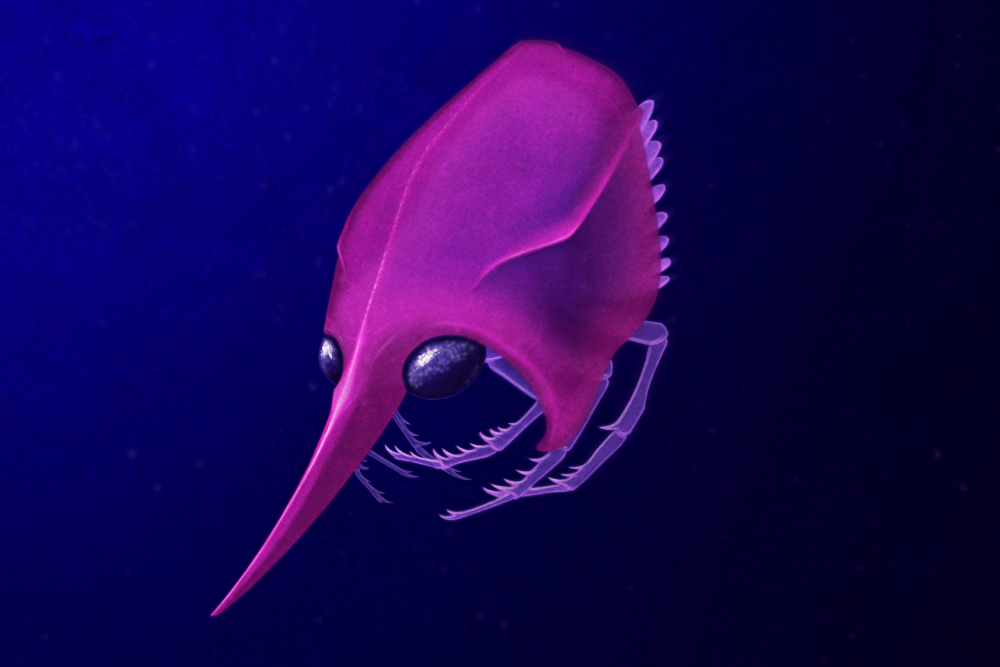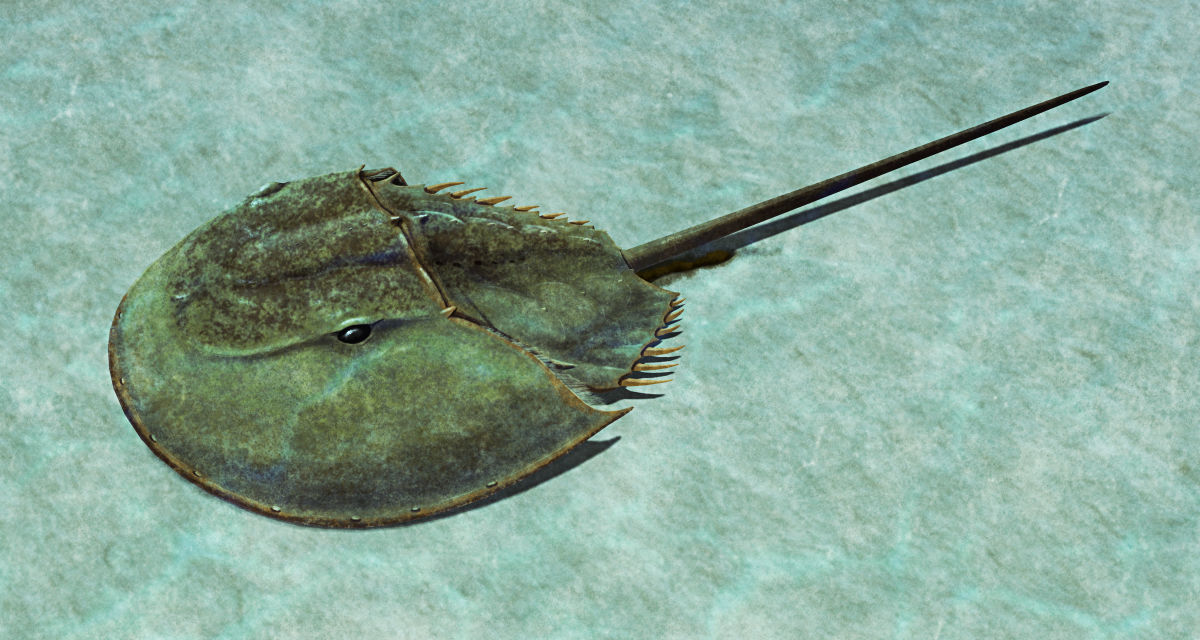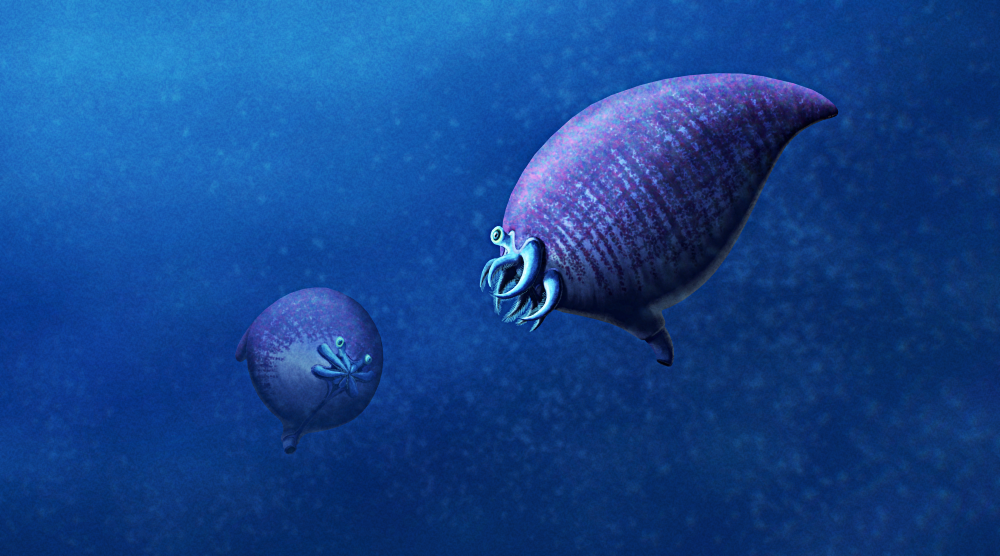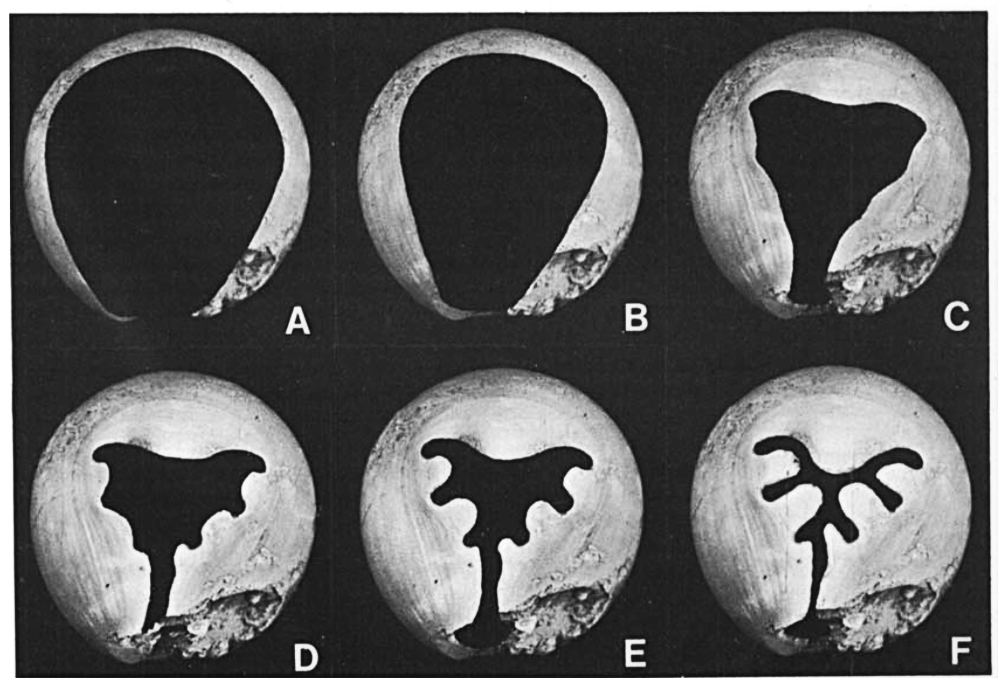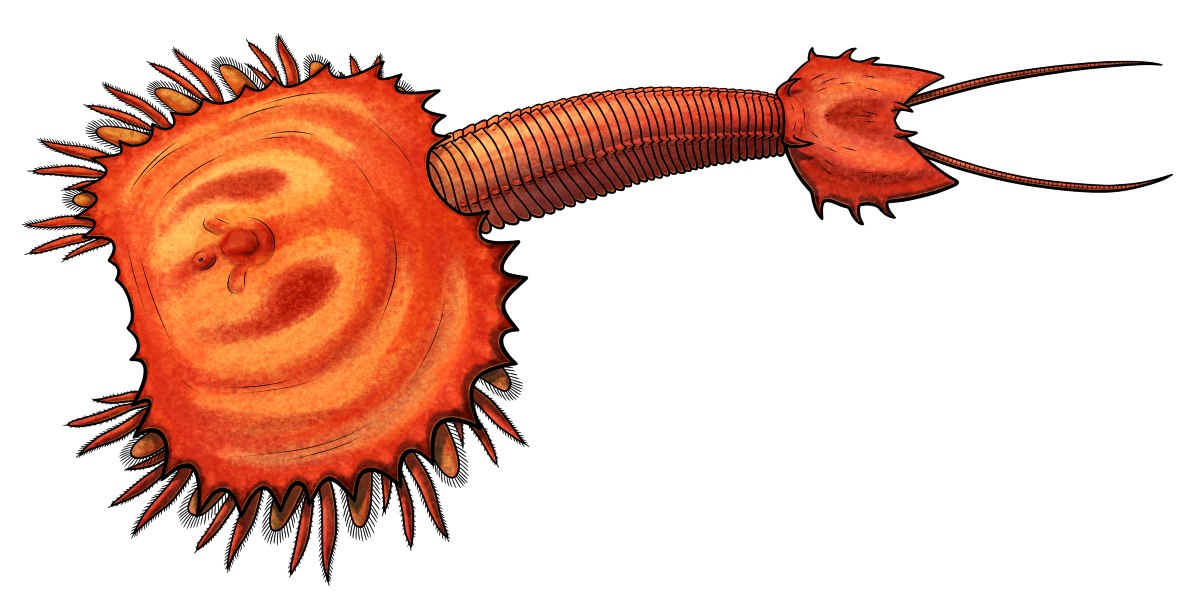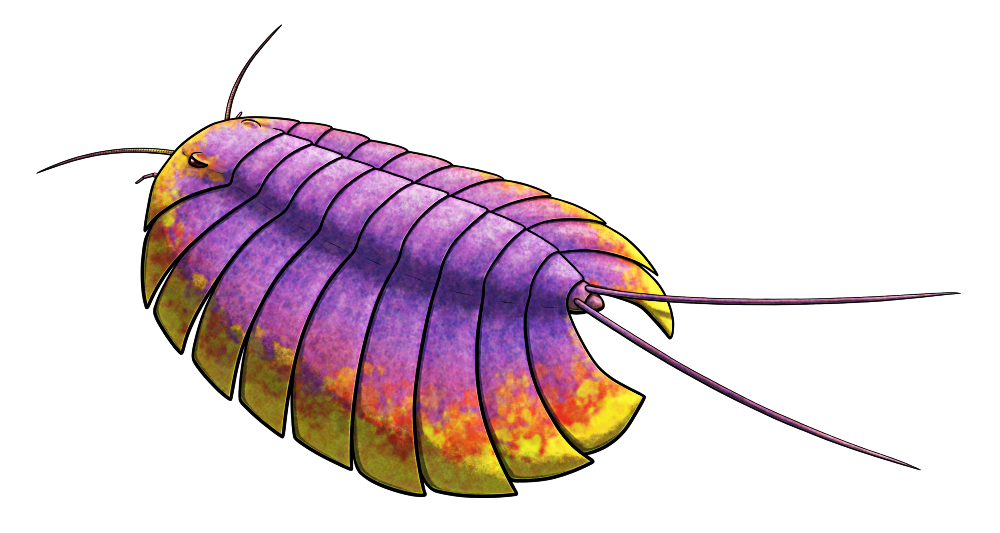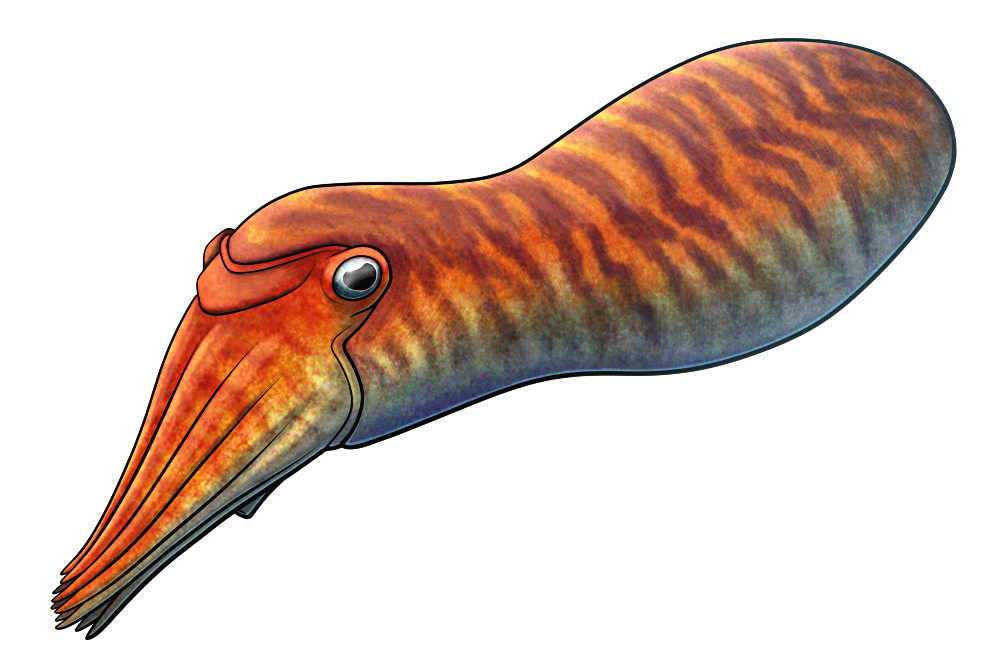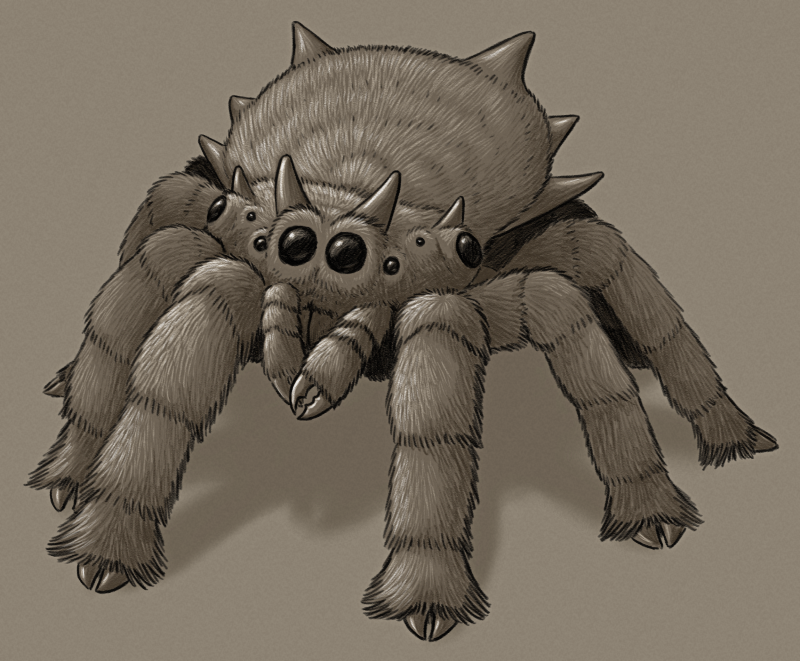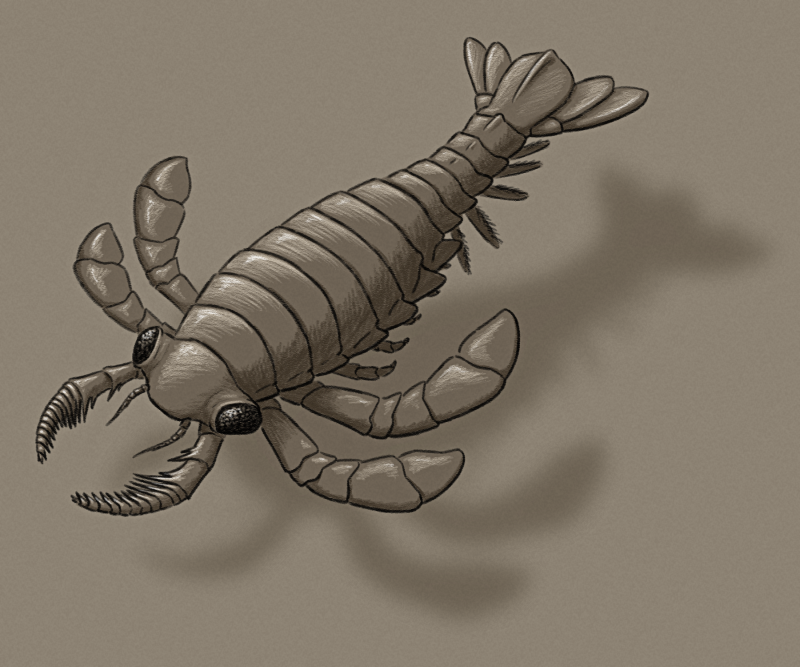Greenwaltarachne pamelae was an orb-weaver spider that lived in what is now Montana, USA, during the mid-Eocene, around 46 million years ago.
Known from a single fossil of an adult female, it had a body length of about 2mm (~0.08″) and a legspan of around twice that. The specimen is even well-preserved enough to show banded markings on the legs resembling those of some modern orb-weaver species.
It would have lived in what was then a rift valley with a tropical climate, along the shoreline of the ancient 160km long (~100 miles) Lake Kishenehn. It was part of a highly diverse ecosystem full of numerous other invertebrates – including miniscule fairyflies, and even mosquitoes with evidence of blood preserved inside their bodies – and a wide variety of mammals ranging from tiny rodents to large brontotheres.
Continue reading “Greenwaltarachne”


